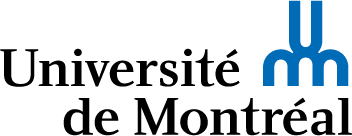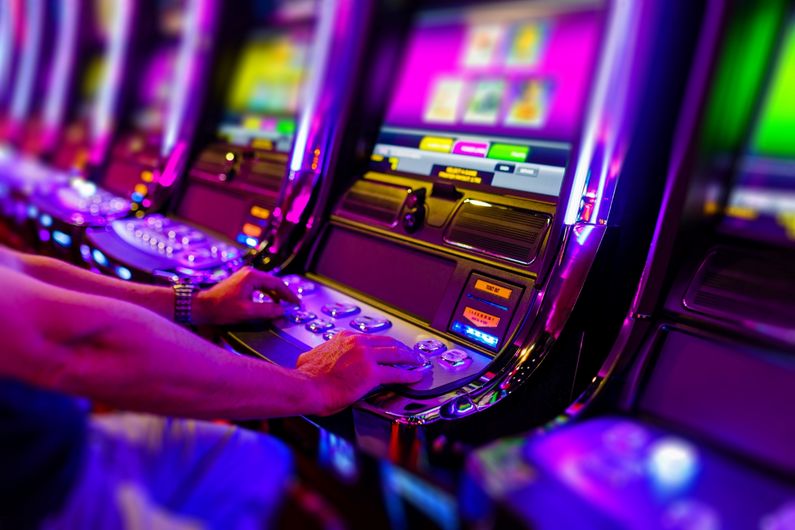Mapping exposure and vulnerability to gambling in Quebec
- UdeMNouvelles
06/02/2025
- Catherine Couturier
A research project charts the intersection of exposure and vulnerability to gambling to identify high-risk areas and help authorities make informed decisions.
The lure of gambling is everywhere: slot machines, casinos, bingo halls, horse racing and lotteries are all around us. People who are vulnerable to their call are exposed to their physical presence every day. Meanwhile, online gambling is booming.
Loto-Québec has had restrictions on the widespread installation of its video lottery terminals since 2011 but issues still remain, not to mention the fact that Loto-Québec’s rules don’t apply to all games of chance.
Université de Montréal researchers have spent years studying the issue.
“In 2008, we noticed an uneven distribution of gambling devices, with a concentration in disadvantaged areas,” said Éric Robitaille, an assistant clinical professor at UdeM's School of Public Health and a member of the Centre for Public Health Research. Back then, he was affiliated with UdeM's Léa-Roback Research Centre on Social Inequalities in Health in Montreal, directed by Marie-France Raynault.
Led by Elisabeth Papineau, a researcher at the Institut national de santé publique du Québec (INSPQ) and an associate professor in UdeM’s Department of Social and Preventive Medicine, a research team including Robitaille and Raynault set out to refine the criteria used to assess thr risk of exposure to gaming and gambling across the province, with the aim of improving their regulation.
The most recent results of the team's study were reported in December in the French-language journal Drogues, santé et société.
Broadening the focus
While there have been studies on access to gaming and gambling in some of Quebec’s regions, the researchers wanted to broaden the focus to the whole of Quebec. “We decided to team up with Marie-France and Yan Kestens from UdeM to create a gambling exposure index and a gambling vulnerability index covering the province,” Robitaille said.
The gambling exposure index is based on the density of gambling sites, their accessibility and the theoretical risk of the games. “We know from the literature that some games are more dangerous than others,” said Robitaille.
Certain types of gambling activate the brain's "reward circuit" more strongly and carry an increased risk of addiction. “If you buy a lottery ticket and have to wait until the end of the month to find out if you’ve won, you’re less likely to become addicted than if you play a slot machine that gives you an immediate reward,” Raynault explained.
For the gambling vulnerability index, instead of using an existing index the researchers designed a scale specifically for these issues, based on surveys of people at high risk for gambling. The result is an index based on six weighted socio-economic indicators associated with problem gambling.
The two indices were then crossed spatially to identify areas where vulnerability and exposure converge. “This is where we need to focus our energies,” said Raynault. Unsurprisingly, areas where poverty is prevalent have easy access to several types of gambling.
“Areas of concentrated poverty in urban areas are more at risk; exposure is greater, and the same game will have greater consequences for the personal finances of low-income people,” Raynault said.
An interactive map
In addition to their published article, the researchers produced an interactive map of gambling exposure and vulnerability that is available free of charge on the INSPQ website.
“We wanted to turn our results into a tool to help policymakers understand the situation in their area so they don’t exacerbate inequalities by installing new gambling facilities,” said Robitaille. The tool will be particularly useful for small towns that don’t have the resources to perform the analysis themselves, he believes.
The interactive map provides a unique way to visualize the data, added Raynualt. “A map is a more powerful way to communicate information than a table,” she noted.
While prevention initiatives often focus on the individual, the researchers believe that more comprehensive approaches are important. “The research shows that personal behaviour is only one of the determinants,” said Raynault. “We need to encourage healthy behaviour by taking an 'ecological' approach.”
About this study
“Se donner des outils pour réduire les inégalités d’exposition aux jeux de hasard et d’argent,” by Éric Robitaille, Marie-France Raynault et al. was published in the December 2024 issue of Drogues, santé et société.















